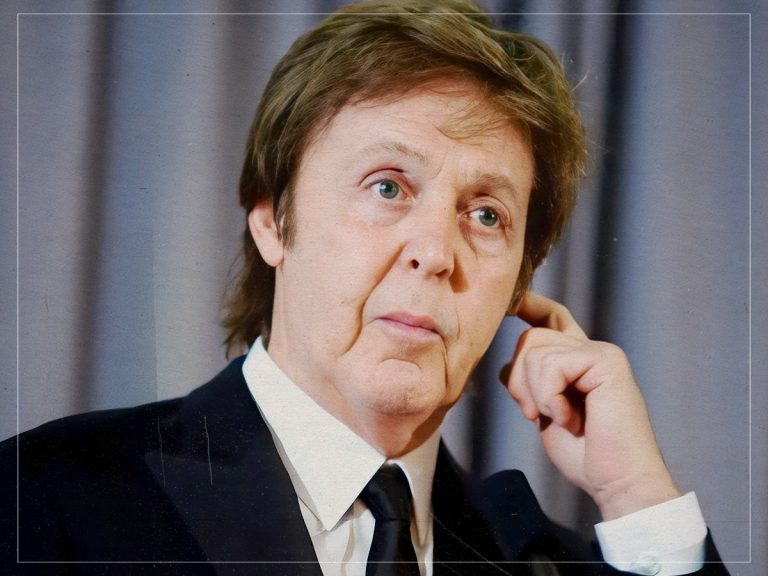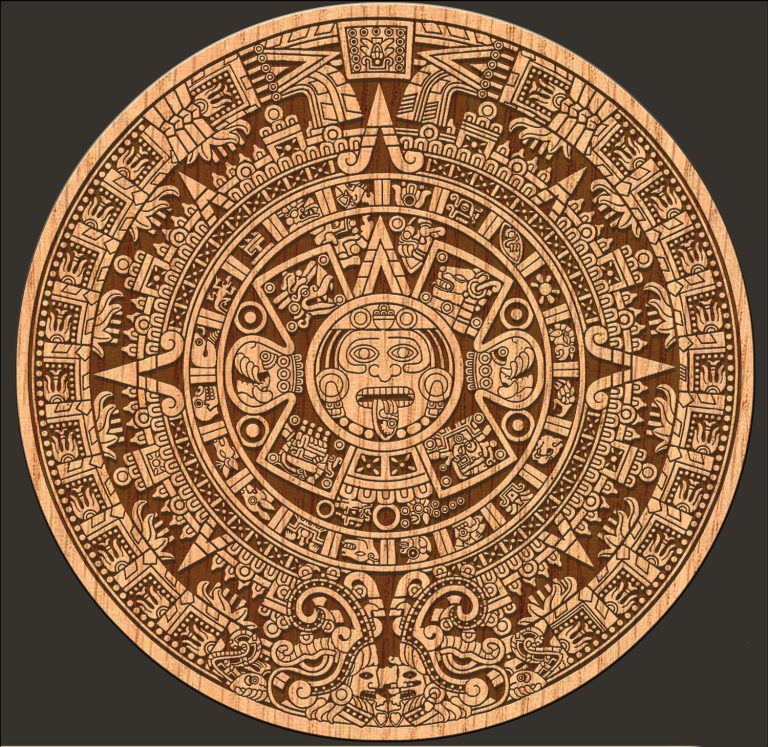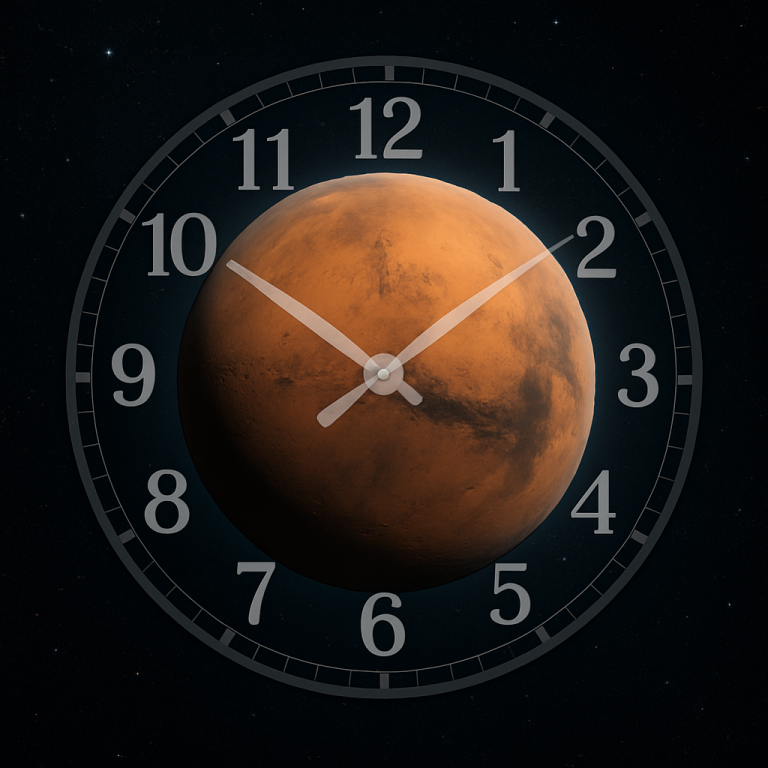Few things say continental sophistication quite like a croissant. Flaky, golden, and buttery beyond all reason, it’s the quintessential breakfast pastry — a symbol of Parisian cafés, lazy brunches, and that unattainable je ne sais quoi we associate with French cuisine.
But here’s the twist: the croissant isn’t actually French.
🇦🇹 Born in Vienna, Not Versailles
The croissant’s ancestry lies in Austria, where its ancestor — the kipferl — was enjoyed as early as the 13th century. The kipferl was a crescent-shaped baked good, often denser and less flaky than the French version. It was a common sight in Austrian bakeries long before the advent of laminated dough.
In 1683, during the Battle of Vienna, the city repelled a siege by the Ottoman Empire. According to legend, bakers created a crescent-shaped pastry to celebrate the victory — a nod to the Ottoman crescent.
👑 Marie Antoinette and the French refinement
The croissant found its flaky form after Marie Antoinette, an Austrian by birth, married into the French royal family. She is said to have introduced the kipferl to France, where French bakers refined it using laminated dough — the process of layering butter and dough repeatedly to produce a light, airy texture.
This transformation gave rise to the croissant as it is known today.
🧈 Butter vs. Margarine
In France, the shape of a croissant can indicate its ingredients. A curved croissant is typically made with butter, while a straight one is often made with margarine or alternative fats. This distinction is recognised under French baking regulations.
⏳ The Art of the Croissant
Making a traditional croissant is a time-consuming process. From dough proofing to lamination, it can take 2 to 3 days to produce a single batch. Most French people do not bake croissants at home but instead buy them fresh from the local boulangerie.
🌍 Global Variants
The croissant has been adapted in many cultures:
Cornetto: Sweet, often filled with jam or cream.
Medialuna: Chewy, crescent-shaped, and glazed.
Croissant Taiyaki: Fish-shaped croissant filled with custard or red bean paste.
Hybrids: Innovations like the cronut (croissant + doughnut) and croiffle (croissant + waffle) are popular.
🥐 Conclusion
The croissant may be a French icon, but its story begins in Austria. It is a product of cultural exchange, culinary innovation, and centuries of evolution — from the crescent rolls of Vienna to the refined pastries of Paris and beyond.A simple breakfast item, perhaps — but with a layered history, quite literally.





